Expansive soil or swelling soil are those soil that has the tendency to increase in volume when water is available and decrease in volume if the water is removed. Expansive soil is common in Africa, Australia, India, South America, Indonesia, Burma, and some countries of Europe. In India, nearly 20% of the total area is covered by expansive soil. The area includes the entire Deccan Plateau, Western Madhya Pradesh, parts of Rajasthan, Bundelkhand region in Uttar Pradesh, and parts of Andhra Pradesh and Karnataka. The expansive soil in India is commonly called ‘Black Cotton Soil’ because of its colour. The soil is most favorable for cotton growth.
The characteristic feature of swelling and shrinkage of the soil with respect to water is due to the presence of a clay mineral montmorillonite. Among all the clay minerals, montmorillonite has the largest specific surface. Due to the chemical properties and the structure of the mineral, a large amount of water and other exchangeable ions can easily enter between the layers causing the layers to be separated. Because of the affinity for water, clay soil containing montmorillonite minerals are susceptible to substantial volume change. They swell as soon as the water gains entry into the lattice structure and shrink if the water is removed. In moist state montmorillonite is highly plastic and has little internal friction. Its excessive swelling capacity may seriously endanger the stability of overlaying structures and road pavements.
How to identify?
In order to determine which soil type is expansive, some laboratory tests are available for this purpose. The commonly used methods are thermal analysis (DTA), X-ray diffraction method, and electron microscopy.
The DTA method is based on a certain characteristic reaction that takes place at specific temperatures for different minerals when these minerals are heated to high temperatures. It results in the loss of grain in heat. A soil specimen with the unknown mineral is heated continuously heated along with an inert substance in an electric oven. The record of change in temperature is plotted against oven temperature. By comparing with other available records of several known minerals it is possible to identify the type of minerals present in the given soil and their quantity is known.
Different minerals with different regular crystalline structures diffract X-Rays to yield different X-Ray diffraction patterns. With the help of the patterns obtained, it is possible to tell which types of minerals are present in what proportions.
In electron microscopy, the soil is observed under polarized light in an electron microscope. It requires both skill and experience. With the help of certain characteristic stains, the nature of present clay minerals is known. This method is mostly used to supplement other test data.
Foundation on expansive soil
Before designing foundation on expansive soil, we should follow certain recommendations. This are-
- The safe bearing capacity value should not exceed 50 kN/.
- Minimum depth of foundation should be 2 m.
- The bottom of the foundation trench should be filled with sand or murrum or broken stones. Sand filling on sides of trench is also recommended.
- Reinforced concrete bands should be used at the foundation, plinth and lintel levels.
A low value of safe bearing capacity is recommended apparently because of poor performance of the foundation due to poor supporting power of soil. Foundation designed for such small bearing pressure is totally unable to counteract the swelling of the expansive soil. It is shocking that it is seldom that heavily loaded structures have problems with swelling soil while the lightly loaded structure with single and two storeyed building experience maximum damage.
The rational methods of foundation design which are being used now to reduce or prevent the effects of swelling can be grouped into three categories –
- Isolation of the structure from the swelling soil.
- Designing a structure to withstand the effects of swelling, and
- Preventing the swelling.
The important factor which influences the expansive soil is swelling pressure. It indicates the property of the soil. From the below table of swelling potential, we can easily identify the soil as swelling type or not.
|
Sl No
|
Soil Property |
LOW |
MEDIUM |
HIGH |
VERY HIGH |
| 1.
2.
3.
4.
5.
|
Liquid Limit
Plastic Limit
Shrinkage limit
Colloidal content
Shrinkage index
Free swell index |
<35
<15
>18
<12
<20 |
35-50
10-35
8-14
12-27
20-40 |
50-70
20-55
6-12
18-38
40-90 |
>70
>55
<10
>27
>90 |
Methods of Foundation Practices:
The following important methods are adopted while constructing foundation on expansive soils.
- Footing with special cushions.
- CNS-MSM Technologies.
- Strip footing.
- Granular pile anchor.
- Stiffened mat foundation.
- Chemical stabilization.
- Moisture control.
Footing with special cushions
In this method, excavation is carried out up to a depth of greater than the depth of foundation. After that freely draining soil such as mix of sand and gravel is filled up and compacted up to the base of foundation level. Reinforced concrete footing is constructed at this level and brick wall may be constructed over the footing. Mixture of sand and gravel is filled up loosely over the footing. This cushion of granular soil absorbs the effect of swelling and so its effect on foundation will considerably reduce.
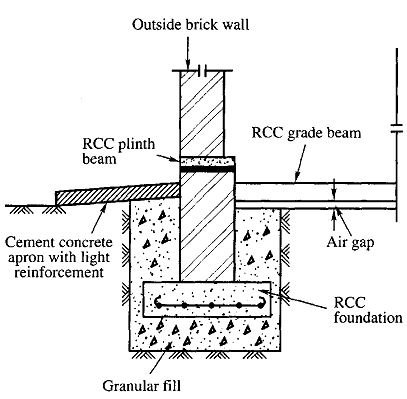
Fig 1: Footing with special cushion
CNS-MSM Technologies
CNS Technology or the concept is based on self-equilibrating phenomenon with a difference that clay minerals present in CNS are non-expanding such as kaolinite, chlorite etc. The thickness of CNS needed to prevent transmission of swelling pressure and heave to the foundation. CNS can be obtained as a natural material or can be made produced by blending two or more materials.
In MSM Technology, to improve the bearing capacity of the system the layer of Mechanically Stabilized Mix is intercepted over CNS intercepting layer. Normally MSM consists of graded aggregate, sand and fines with more plasticity, similar to that allowed in water bounded macadam mix.
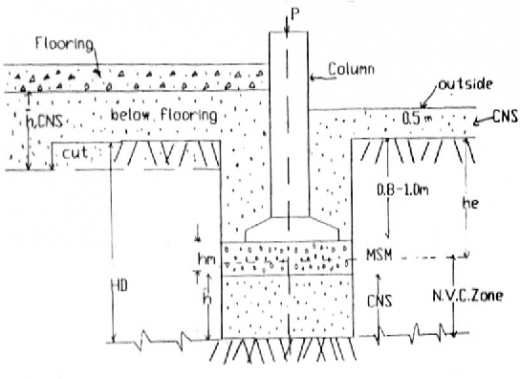
Fig 2: CNS-MSM Technology used in foundation
Strip footing
It was found that conventional strip foundations with sand cushions were inadequate reinforcing the shallow strip footings was tried and inverted “T” foundation is commonly used. The common types of strip footings that have been used for light buildings are-
- Unreinforced with plinth band.
- Nominally reinforced with plinth band.
- Nominally reinforced inverted T.
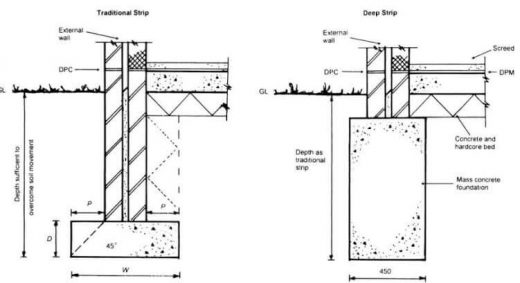
Fig 3: Strip Footing
Granular pile anchor
Granular anchor pile is one which the foundation is anchored at the bottom of Granular pile, to a mild steel plate through a mild steel rod. It helps in holding the particulate granular medium and prevents the granular pile from swelling and uplifting.
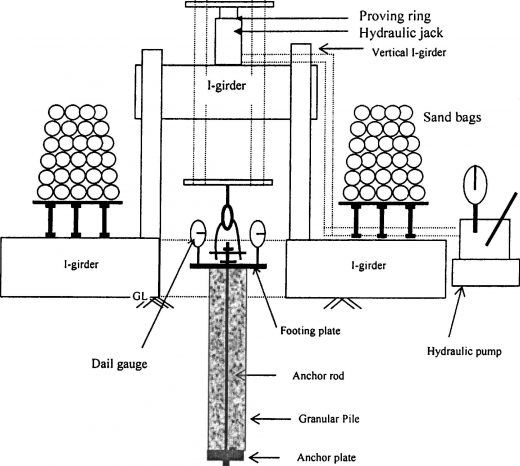
Fig 4: Pull out behavior of Granular anchor Pile
Stiffened mat foundation
The common method of stiffening consists of a slab cast beams 3-4 meters apart both longitudinally and laterally. The rigidity of mat minimizes distortion of the superstructure from both horizontal and vertical movements of the foundation soil. Differential heave also reduced when stiffness of slab and superstructure is increased.
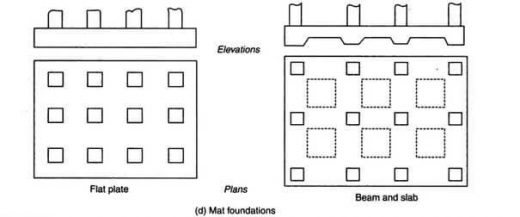
Fig 5: Mat foundation
Chemical stabilization
Phosphoric acid combined with wetting agent can be used for stabilization of expansive soils. Because it reacts with clay minerals and forms insoluble aluminum sulphate which serves as a moisture proof. Some chemicals such as sodium silicate, alkyl chloro silanes, siliconate amines, chrome lignin can be used for the water proofing of soils. The soils treated with calcium carbide do not easily pickup water as it is deliquescent and hygroscopic. When sodium chloride is added to the soil crystallization occurs in the pores of the soil and it forms a dense hard mat. So absorption of moisture is prevented.
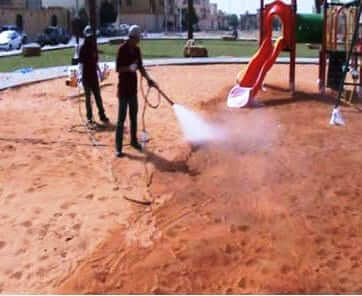
Fig 6: Chemical stabilization of soil
Moisture control
Swell and shrinkage can be reduced if water is prevented from moving into soil under and near the building post construction. For this purpose, moisture barriers are placed around the perimeter of the building. They efficiently reduce the variations in water content and differential heave.
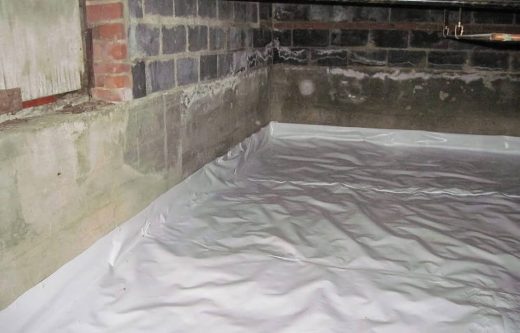
Fig 7: Moisture barrier for moisture control
If you have a query, you can ask a question here.



nice explanation